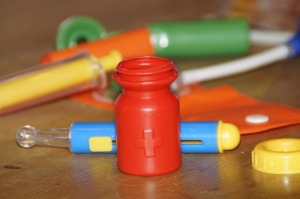Choosing the right child care provider can be daunting for every parent. It’s easy to get overwhelmed with all the choices available so you’ll need to use some criteria to narrow down the options to find the solution that’s right for your budget and your child’s needs.
Here’s a handy checklist you can use to sort through all the options.
- First off, you’ll need to ask yourself whether you’ll need full time or just part time care. Of course this will largely depend on your employment and how many relatives and friends you have in the immediate vicinity. You’ll need to look at the specific days of the week when you’ll need these services and whether your requirements will be constant or fluctuating.
- Of course your child’s needs must be considered as well. Keep in mind older children need more stimulation that the younger set. These children are often developing play and leaning styles that should be continually stoked by the environment they’re placed in. This means interaction with other children is important in the child care facility you finally wind up choosing and you’ll want to be sure their fledgling curiosity is being nurtured.
There are other individual benchmarks to use and of the more personal involves taking into account your child’s temperament. Although that means you need to be aware of their individual likes and dislikes as well as their ability to get along with other children, there are some age markers you can use to make the right choices. For example, children under one have a bigger need to be nurtured and held and you should inquire about this kind of individual attention at the day care center you’re looking at. It’s important to consider that by the age of three or four, children are ready to respond to a structured environment where they will have some exposure to playmates.
After you’ve used these initial criteria to narrow down the choices, it’s time to start asking the kind of questions that will help you to make a final decision. Some of these include:
- Are the day care workers fully trained in CPR and First Aid? Toddlers have a way of getting an array of scrapes and bruises that are easily remedied, but there’s always the chance that something more dangerous can happen and that’s why these courses are a must.
- Find out the policies and procedures for dealing with a number of other issues like separation anxiety and the experiences available to enhance the child’s mental and physical development.
Finally, some of the best recommendations can come from the parents of the children in the day care facility. You can ask them further questions like whether children are monitored in the playground and about the policy on parental visits. Remember to listen to your inner voice too to see if you get a good feeling about the prospect of leaving your children alone under the facility’s supervision.
For more articles related to childcare please visit our Blog.
Author: Rob Starr

